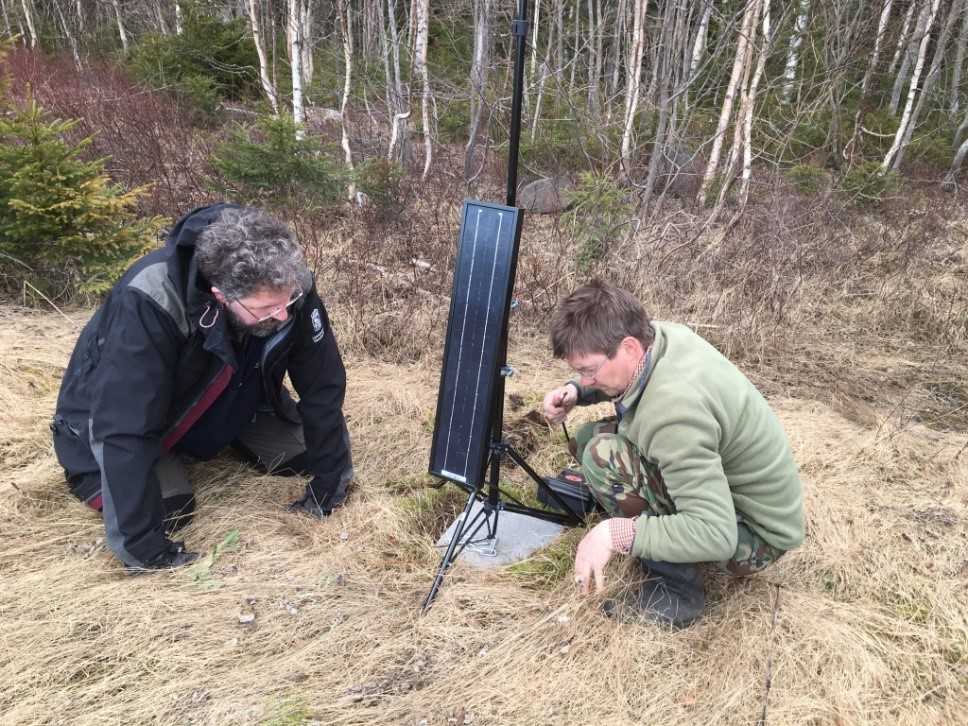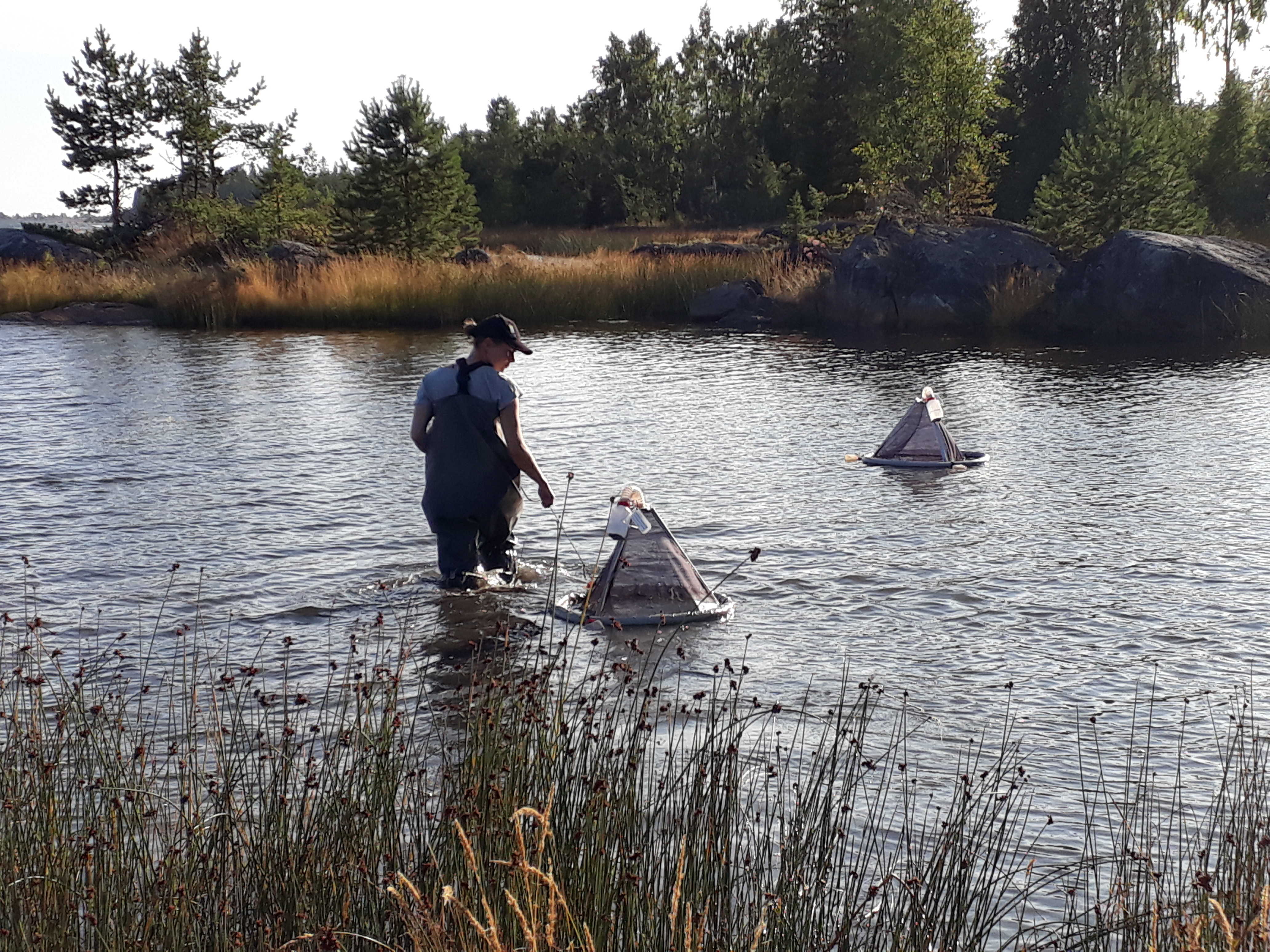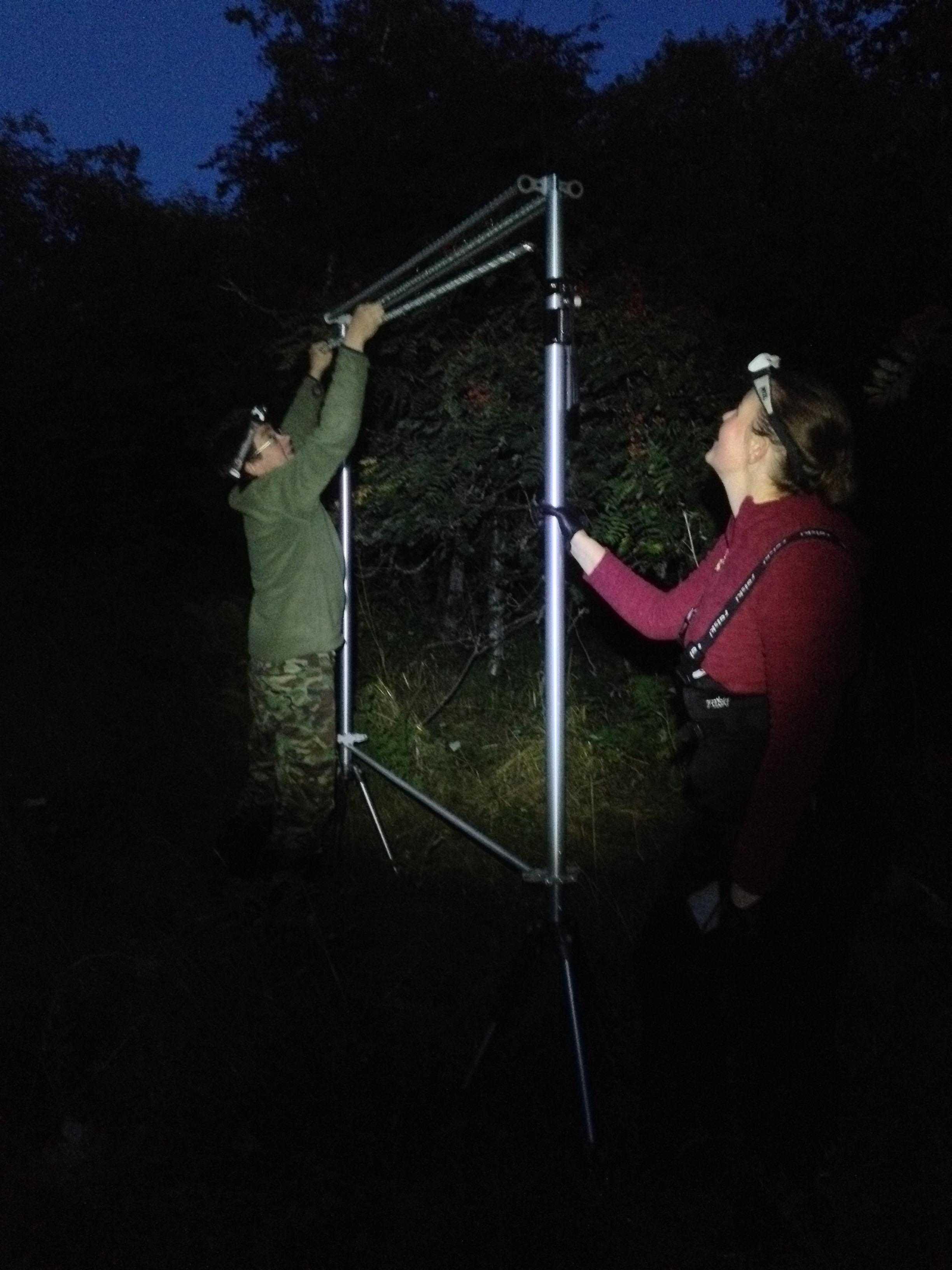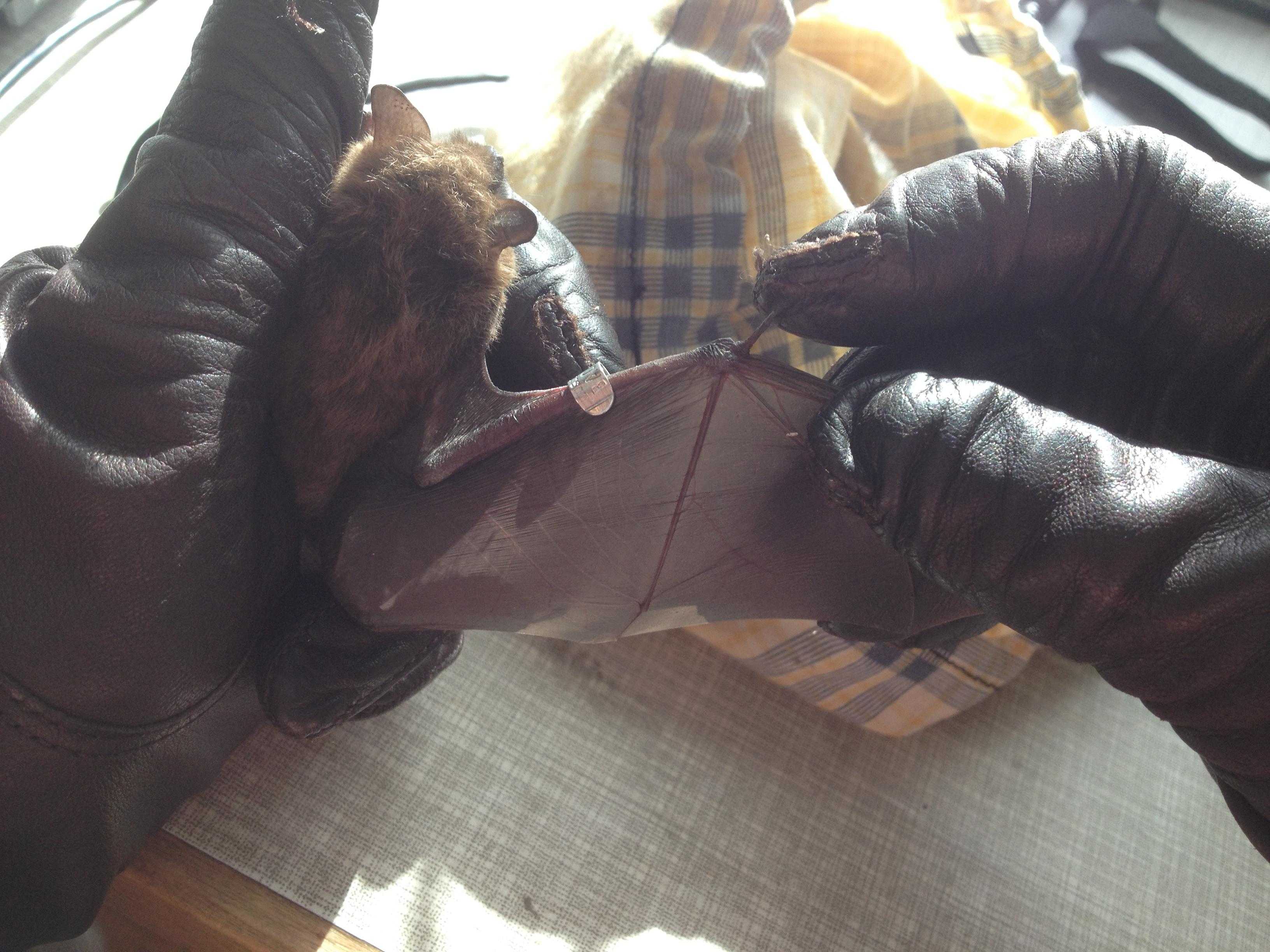Bats and insects
Bats and insects
17.12.2018 New results
Bats are an interesting an exciting group of species that have a complicated life history. All species move between summer and winter sites, but how far they move differs quite a lot between species. Many bats are today threatened due to human interference.
Working with bats is important for their own sake, but bats are also good indicators for climate change. The warmer the climate in an area, the more of these thermophilus animals can occur. If the climate gets warmer, we can expect new bat species in the northern parts of Sweden and Finland. We have already discovered species that immigrated from the south in recent years.
To protect the bats, we must learn more about their ecology. However, we can also use bats to reach a greater understanding of how various natural systems work, how important different habitats are, and how they are connected. In our project Kvarken Flada, we do this at a large as well as small scale, when we look at Finland and Sweden simultaneously, when we study different parts of the coastline in both countries, and when we compare the inner and outer parts of the lagoons.
More specifically, we want to know which species of bats occur, if they are resident in the area or only visiting now and then, how much activity there is, and what they do. We investigate also how important various parts of the coastline are for different bat species. Furthermore, we study the seasonal movements of bats over the Kvarken sea between Finland and Sweden, as well as along the coast.
From other studies we know that topography, microclimate and insect abundance are the most important factors that govern bat movement. Therefore, we have selected areas where the probability is high that bats turn up when they move along the coast. We have data loggers that record the temperature during the whole summer. We study the insect fauna by means of different traps and compare the production of insects in the water and on land.
Automatic bat detectors operate in the field during the whole summer and record the sounds of bats passing by. We also equip bats with transmitters and try to follow them when they migrate between Finland and Sweden and along the coast.
Bat and insect studies are ongoing in the field during summer 2017-2019. During winter, the collected and recorded materials are sorted and analyzed. The results of the project are due in 2020.
Factsheet species distribution
The bat species that until now have been reported along the Kvarken sea.
|
Species |
Västerbotten |
Österbotten |
Scientific name |
|
Daubenton´s bat |
X |
X |
Myotis daubentoni |
|
Natterer´s bat |
X |
|
Myotis nattereri |
|
Brandt´s bat |
X |
X |
Myotis brandtii |
|
Whiskered bat |
X |
X |
Myotis mystacinus |
|
Nathusius´ pipistrell |
X |
X |
Pipistrellus nathusii |
|
Common pipistrell |
|
X |
Pipistrellus pipistrellus |
|
Soprano pipistrell |
|
X |
Pipistrellus pygmaeus |
|
Noctule |
X |
X |
Nyctalus noctula |
|
Northern bat |
X |
X |
Eptesicus nilsonii |
|
Parti-coloured bat |
X |
X |
Vespertilio murinus |
|
Brown long-eared bat |
X |
X |
Plecots auritus |
Facts Nathusius’ pipistrell
Nathusius’ pipistrell (Pipistrellus nathusii) is one of the smaller bat species in Europe, weighing about 10 grams. During recent years, the species has expanded its range into the northern parts of both Sweden and Finland. Despite its miniature size, the species migrates long distances south in autumn and north in spring, in the same manner as migrating birds do. Distances up to 2,000 km have been observed with the help of ringed individuals. According to the literature, it is mostly the females that migrate far north, while the males stay in the south.








